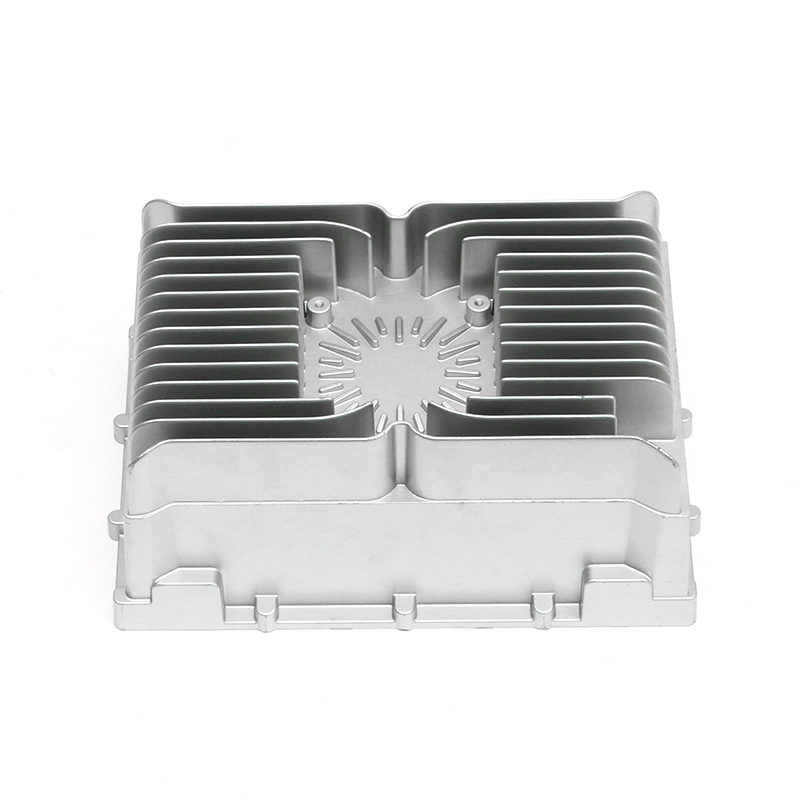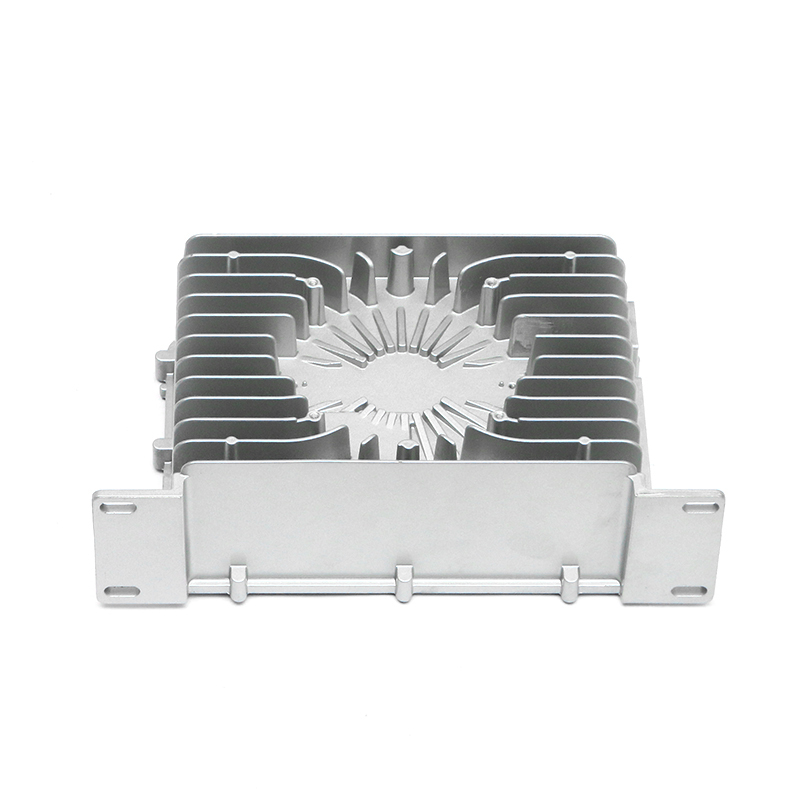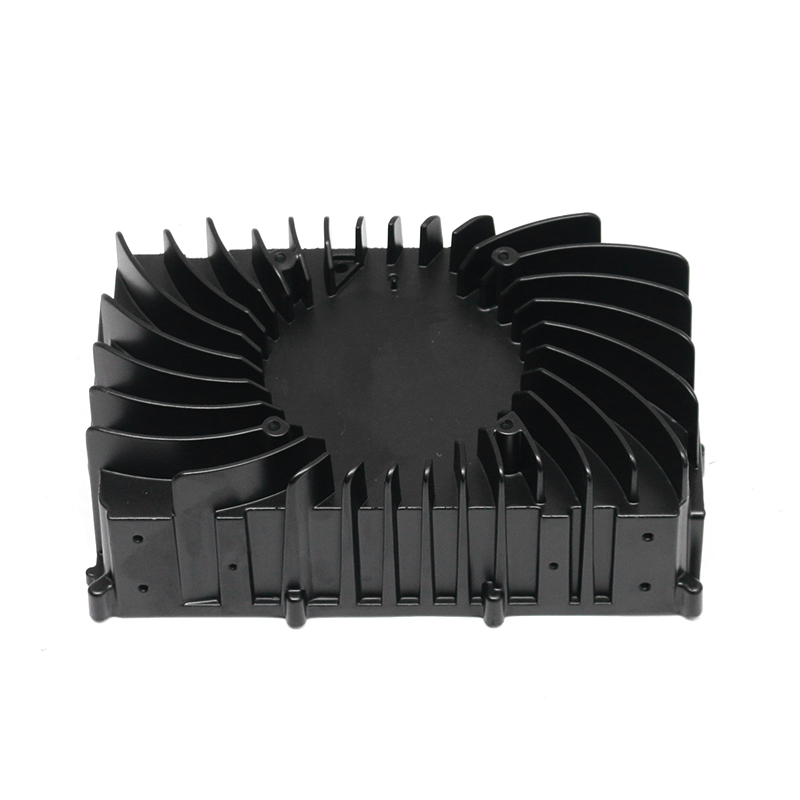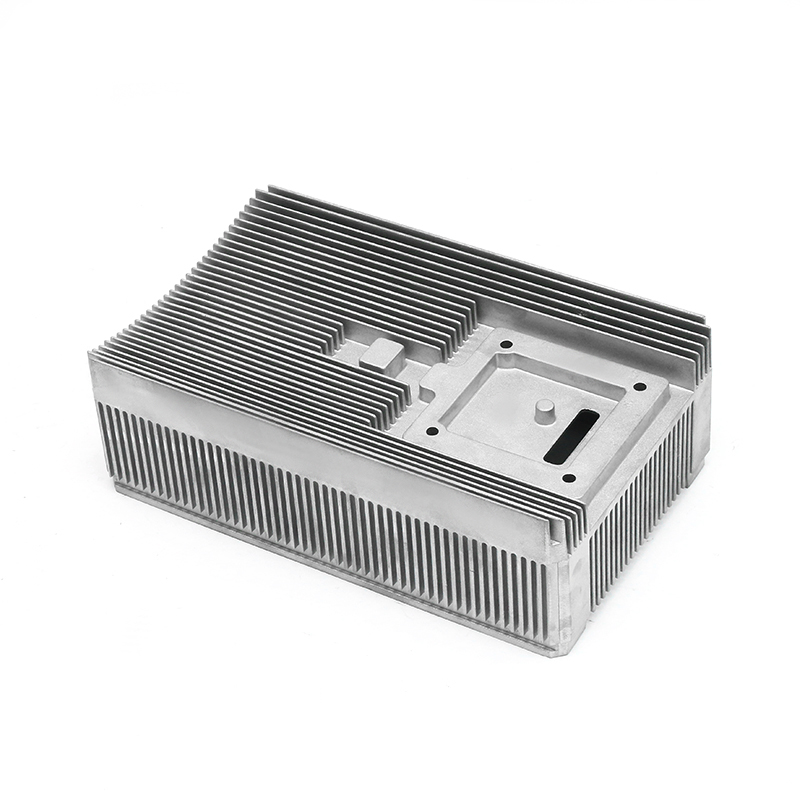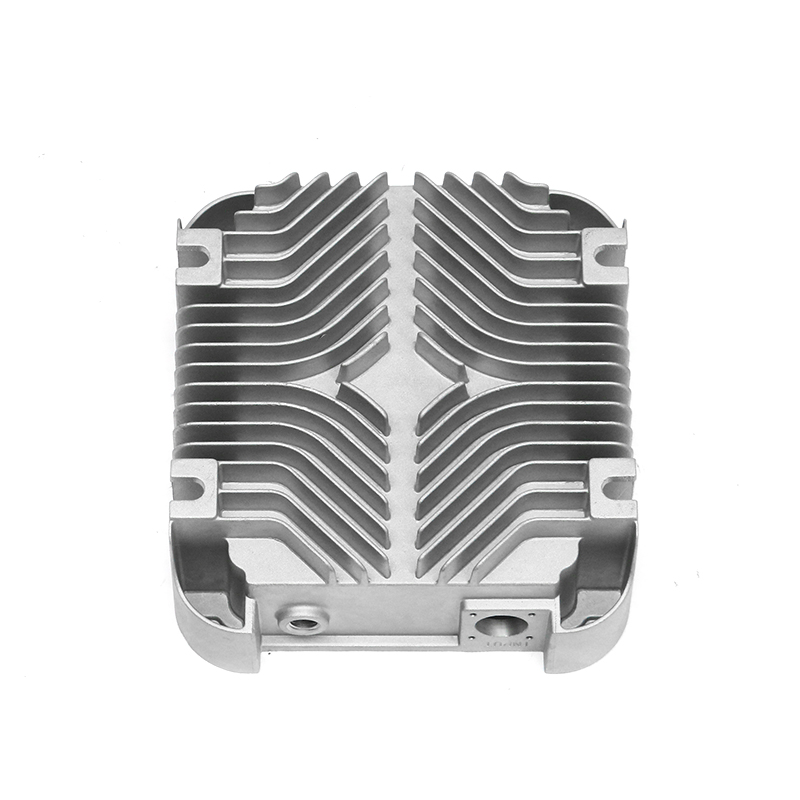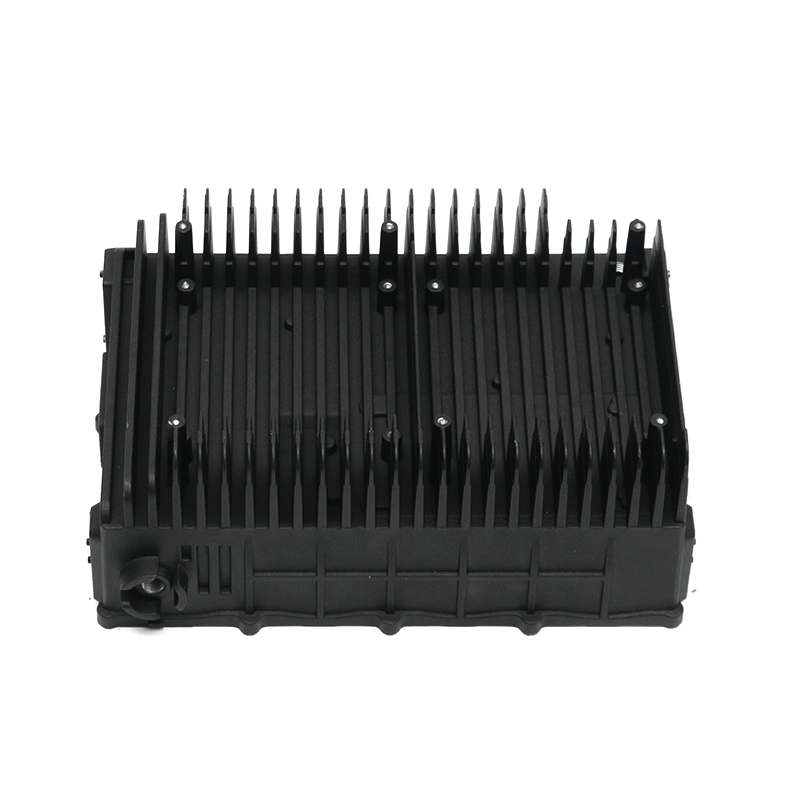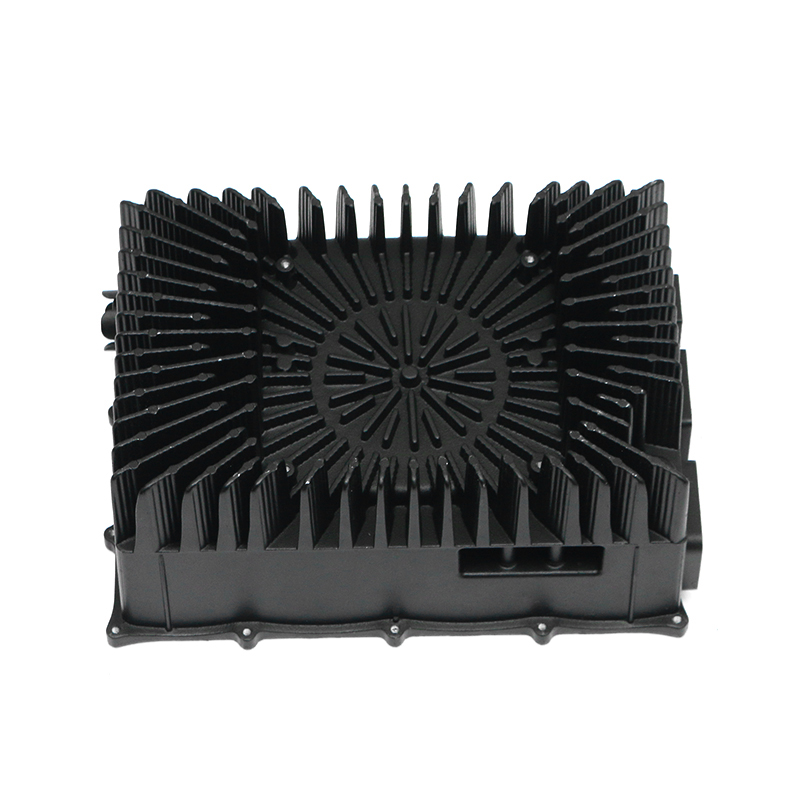Introduction to Die Casting Processes
Die casting is a widely used manufacturing process for producing metal components with high precision and repeatability. It involves forcing molten metal into a mold cavity under high pressure to form complex shapes. Within die casting, there are different approaches such as ordinary die casting and precision trimming mold die casting. Understanding the differences between these processes is essential for manufacturers and designers when selecting a method for specific applications. The choice of process impacts dimensional accuracy, surface finish, mechanical properties, and production efficiency.
Ordinary Die Casting Overview
Ordinary die casting is the traditional approach where molten metal is injected into a pre-machined mold cavity, allowed to solidify, and then ejected. After casting, secondary trimming processes are used to remove excess material, such as flash, sprues, and runners. While this method is suitable for a wide range of applications, it often results in additional finishing steps, potential dimensional deviations, and higher scrap rates for components with tight tolerances.
Precision Trimming Mold Die Casting Overview
Precision trimming mold die casting improves upon ordinary die casting by integrating the trimming process directly into the die design. In this method, the mold is engineered to allow precise removal of excess material during the initial casting cycle. This integration reduces or eliminates the need for separate trimming operations and ensures higher dimensional accuracy. Precision trimming mold die casting is particularly beneficial for components with complex geometries or tight tolerances where post-processing could introduce inconsistencies.
Differences in Mold Design
The mold design is one of the main distinctions between ordinary die casting and precision trimming mold die casting. Ordinary die casting molds primarily focus on forming the shape of the part, while trimming is done separately. Precision trimming molds incorporate additional cavities, ejector pins, and cutting edges to allow precise trimming during ejection. This results in a component with minimal flash, uniform edges, and reduced post-processing requirements. The mold design complexity is higher for precision trimming, but it provides more consistent results for high-volume production.
Comparison of Mold Design Features
| Feature | Ordinary Die Casting | Precision Trimming Mold Die Casting |
|---|---|---|
| Mold Complexity | Moderate | High, includes integrated trimming features |
| Trimming Process | Separate secondary operation | Integrated within mold during casting |
| Dimensional Accuracy | Moderate, may require adjustments | High, reduced deviations |
| Flash and Excess Material | Requires removal | Minimized during casting |
Differences in Production Efficiency
Precision trimming mold die casting offers advantages in production efficiency by combining casting and trimming in a single operation. Ordinary die casting requires additional time and labor to remove flash and perform finishing operations. By reducing post-processing, precision trimming molds can decrease cycle times, lower labor costs, and increase overall throughput. The reduced need for secondary operations also minimizes the potential for errors or damage during handling.
Material and Mechanical Considerations
The choice of die casting method can influence the mechanical properties and material utilization of the final component. Precision trimming mold die casting produces parts with more uniform thickness and fewer stress concentrations, which can improve structural integrity. Ordinary die casting, when combined with separate trimming, may introduce minor defects or uneven surfaces that can affect mechanical performance. Precision trimming helps optimize material usage and reduces waste, contributing to cost-effective production.
Surface Finish and Aesthetic Differences
Surface finish is another area where precision trimming mold die casting provides advantages. Ordinary die casting components may have uneven edges, residual flash, or marks from secondary trimming. Precision trimming molds allow for cleaner edges and smoother surfaces directly from the mold, reducing the need for sanding, polishing, or other finishing processes. This feature is particularly valuable for visible parts or components requiring high-quality surface aesthetics.
Comparison of Surface and Mechanical Features
| Aspect | Ordinary Die Casting | Precision Trimming Mold Die Casting |
|---|---|---|
| Surface Smoothness | Moderate, requires finishing | High, minimal finishing needed |
| Edge Uniformity | May vary after trimming | Consistent due to integrated trimming |
| Structural Integrity | Good, may have stress points | Improved, uniform thickness reduces defects |
| Material Waste | Higher due to secondary trimming | Lower, integrated process minimizes waste |
Applications and Use Cases
Precision trimming mold die casting is particularly suitable for industries requiring high-precision components, such as automotive, electronics, aerospace, and medical devices. Parts with complex geometries, thin walls, or aesthetic requirements benefit from this method. Ordinary die casting remains suitable for large, simple components where high tolerances and surface finish are not critical. Selecting the appropriate die casting process depends on factors such as component complexity, production volume, material requirements, and cost considerations.
Cost Implications
While precision trimming mold die casting may involve higher initial mold design and manufacturing costs due to its complexity, it can result in lower overall production costs. Reduced labor for secondary trimming, lower material waste, and faster production cycles contribute to cost efficiency. Ordinary die casting has lower mold costs but may incur higher labor and finishing expenses, especially for high-volume production or components requiring tight tolerances.
Cost and Production Considerations
| Factor | Ordinary Die Casting | Precision Trimming Mold Die Casting |
|---|---|---|
| Mold Cost | Lower | Higher due to integrated trimming design |
| Post-Processing Labor | Higher, requires trimming and finishing | Minimal, trimming integrated |
| Material Utilization | Moderate | Improved, reduced waste |
| Production Speed | Moderate | Higher, fewer secondary operations |
Conclusion on Advantages of Precision Trimming Mold Die Casting
Precision trimming mold die casting offers several advantages over ordinary die casting, including higher dimensional accuracy, improved surface finish, reduced post-processing, and better material utilization. While the initial mold design and manufacturing costs may be higher, the overall efficiency, consistency, and quality of the components often justify the investment, particularly for high-precision or high-volume production. Understanding the differences between these processes allows manufacturers to select the optimal method based on component requirements, production goals, and cost considerations.


